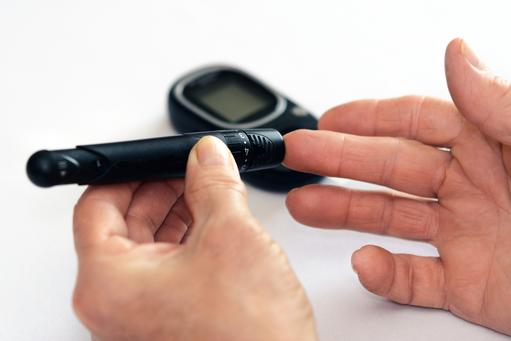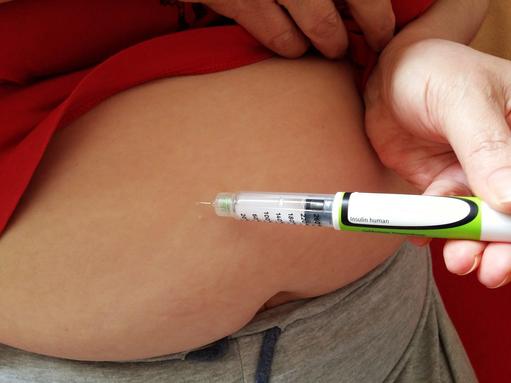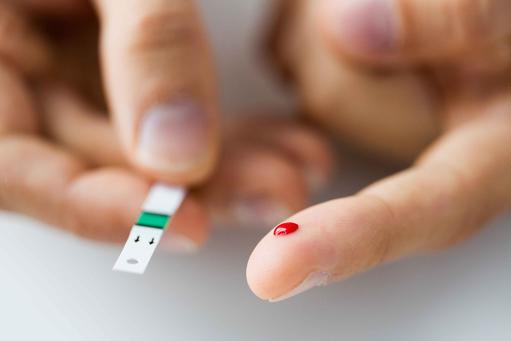Search results
The future of cancer therapy is that no one should die or suffer from this disease. For some, this will be enhanced cure rates and for others, it will be the normalization of the word cancer to that simply of a chronic disease like diabetes and high blood pressure. You will not have to fear cancer, but file it in the background and get on with the rest of your lives.
Directory:
Tags:
|
Directory:
Tags:

|
Directory:
Tags:

|
In October 2014 Harvard professor Douglas Melton announced a breakthrough in the treatment of type-1 diabetes by creating stem cells that produce insulin.
Melton demonstrated that mice treated with transplanted pancreatic cells are still producing insulin months after being injected. Testing in primates is now underway at the University of Chicago, and clinical studies in humans should begin in just a few years. "Most patients are sick of hearing that something's just around the corner," says Melton, but he's convinced that his research represents a significant turning point in the fight against diabetes. Type-1 Type-1 diabetes, which usually occurs in children, is an autoimmune disease in which the body attacks its own beta cells of the pancreas and destroys their ability to make insulin. It's a devastating lifelong chronic condition, which affects some three million Americans and 400,000 English people. Treatment is daily insulin doses, a healthy diet and regular physical activity. |
|
|
Directory:
Tags:

Diabesity and the food-brain relationship
Scientists from Imperial College London have enhanced our understanding of the food-brain relationship by discovering a brain mechanism that drives our appetite for foods rich in glucose, which could lead to treatments for diabesity.
Obesity, insulin resistance, metabolic syndrome and type-2 diabetes have reached epidemic proportions, yet few people understand how closely they're related, and what causes them. Diabesity is a metabolic dysfunction that ranges from mild blood glucose imbalance to fully-fledged type-2 diabetes.
Intimate food-brain relationship
Diabesity accounts for between 65 and 85% of new cases of type-2 diabetes, and affects more than one billion people worldwide; including 60 million Europeans, and 100 million Americans.
For most people, neither dieting nor current pharmacological interventions are effective in achieving long-term weight reduction. Therefore, to prevent and treat diabesity we must develop approaches to modulate the ways in which the brain controls body weight.
"This is the first time anyone has discovered a system in the brain that responds to a specific nutrient, rather than energy intake in general, and it raises the potential that diabesity could be reduced and prevented by medication acting on the part of the brain that craves glucose," says Dr James Gardiner who led the study.
Our brain rules our belly
Researchers identified a mechanism, which senses how much glucose is reaching our brain, and if our brain detects a shortfall, it makes prompts to seek more glucose. This mechanism is more active in people who are obese-prone, suggesting that the brain can promote obesity.
The Imperial College study is published in The Journal of Clinical Investigation . According to its lead author, Dr Syed Sufyan Hussain, 'Glucose is a component of carbohydrates, and the main energy source used by brain cells. This study demonstrates that the brain plays a significant role in driving our preference for sweet and starchy foods. Prior to industrialisation, such glucose rich foods were not easily available, but today they're everywhere.'
Addicted to food?
Dr Mohammed Hankir, a neuroscientist at the University of Leipzig, Germany, says, 'It's becoming increasingly clear that when we consume certain types of food, particularly those high in fat and sugar, the same brain circuits are engaged as when taking drugs of abuse. We may therefore have little choice about overeating and becoming obese.'
If the diabesity epidemic is the result of our brains being hard-wired to consume energy rich food, can we cure diabesity with pharmacological manipulation of these brain pathways?
Bowels control the brain
Professor Sir Stephen Bloom, Head of Division for Diabetes, Endocrinology and Metabolism, Imperial College London, thinks we can, and says, 'Gut hormones are chemical messengers secreted by the digestive system that affect our brain and control appetite. Hijacking this natural messenger system is an attractive and likely option for treating diabesity'. The GLP-1 hormone is widely used for the treatment of diabetes. It also leads to weight loss. There are other such gut hormones that need further evaluation because they could provide attractive solutions for obesity.
Takeaways
The food-gut-brain relationship promises a much-needed solution for the diabesity epidemic. Whilst the search continues, we must act now to prevent this. Most healthcare systems are organized to treat the acute symptoms of diabesity, and manage the condition once it's been diagnosed. Healthcare systems are less adept at prevention, and early detection. This requires effective education, which is currently not available.

Hallcross Medical
NHS Health CheckHallcross Medical Services Limited has supported the health and wellbeing of residents in Barnsley and Doncaster by providing the NHS Health Check service for several years. Designed for adults aged 40 to 74, this service ensures easy access to vital health screenings, empowering individuals to take charge of their health.
The NHS Health Check is a national programme assessing the risk of conditions like heart disease, stroke, type 2 diabetes, and kidney disease. By monitoring key health indicators, it helps healthcare professionals detect early signs of serious illnesses and offer timely interventions.
Hallcross Medical Services has played a pivotal role in delivering this preventive care, ensuring residents benefit from regular screenings. Their commitment to proactive health management has contributed to healthier and more informed communities in Barnsley and Doncaster, helping individuals lead longer, healthier lives.
view this profile
Directory:
Tags:

|
Directory:
Tags:

|

Directory:
Tags:

|
Keen to discover the effectiveness of short healthcare videos as a communication tool for patients, Dr. Seth Rankin, the managing partner of Wandsworth Medical Centre, London, emailed his patients living with diabetes short videos about their condition, and surveyed their opinions afterwards, which we report.
The clinicians "Healthcare information in video format distributed directly to patients' mobiles is a more effective way to educate people living with diabetes, and propel them towards self management with an eye to slowing the onset of complications," says Rankin. According to Dr. Sufyan Hussain,an endocrinologist and lecturer from Imperial College, London, Clinical Lead on the Wandsworth project, "Despite accounting for 10% of the NHS budget and 8% of UK's population diabetes healthcare systems still need considerable improvement, particularly in management, strategy and infrastructure. Communicating important health information via video, can help significantly to improve the quality of care and efficiency in an over burdened healthcare system." |
|
|
|
Directory:
Tags:

|














